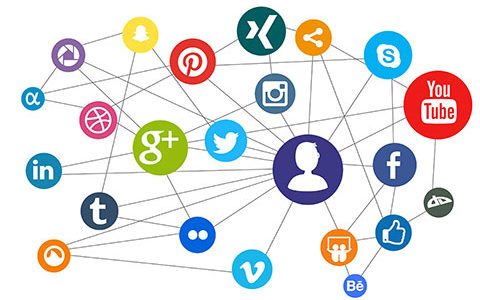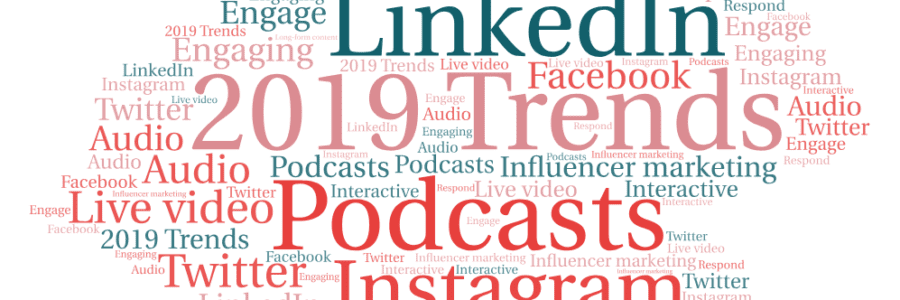LinkedIn. It’s the most popular social networking site for business-to-business professionals. But if you’re in the tech field, LinkedIn plays an even more important role, according to a recent report.
The new information results from a survey in which LinkedIn queried 5,241 global professionals who recently “participated in or influenced the purchase of various hardware or software solutions,” reports Social Media Today.
According to the report, titled “Technology Plays an Essential Role in Driving Smart Business for Today’s Dynamic World of Work,” buyers of technology make enlightened decisions based on input from online communities, as well as internal peers.
Characteristics of tech purchasers
Tech vendors should take note of the characteristics shared by tech purchasers, according to the LinkedIn report:
- Tech purchasers are collaborative, seeking advice from online sources as well as colleagues.
- Tech purchasers use that advice to identify, vet, research, purchase, implement, and renew business technology solutions.
The buying habits of tech purchasers makes the decision-making process for buyers quite complex. It also creates a competitive landscape for vendors.
Key takeaways from the LinkedIn survey
Tech vendors should make sure they have a well-developed presence on LinkedIn, which in April reported it is seeing “record levels of engagement” among its 610 million users. Remember: LinkedIn makes up more than 50% of all social traffic to B2B websites and blogs.
More advice includes:
- Know your audience. Within the next few years, millenials, those born between 1981 and 1996 and comprising 25 percent of the population, will be making more than 50% of the tech purchasing decisions. What’s more, there are 87 million millennials on LinkedIn, with 11 million in decision-making positions.
- Know your users. 4/5 of employees impact tech purchase decisions.
- Make your content informative and worthwhile. Why? Ninety percent of tech buyers look to the outside for useful information. And most Fortune 500 decision-makers and executives like to spend their spare time on LinkedIn, reports Foundation. They are looking for valuable content. So make sure you provide it.
- Make your brand stand out. It should convey trust, dependability, quality, support, and service.
- Make sure your marketing and sales messages align. Both should align.
More LinkedIn stats
- 630 million members; 303 million users, according to figures out this month
- 90 million LinkedIn users are senior level influencers and 63 million are in decision-making positions
- 27% of adults use the platform
- 29% male
- 24% female
- 28% white
- 24% black
- 16% Hispanic
- 44% of 25- to 29-year-olds use it
- 49% have incomes of $75K+
- 51% have college+
- 70% of users are outside the U.S.
We can help with your LinkedIn presence
Social media, including LinkedIn, is a key element for marketing success. If you’re not sure how to do your own social media, reach out to Triple Canopy Media. At Triple Canopy Media we would be glad to show you how it’s done. Or do it for you.
Here’s what we do:
- We assess your needs, determine which social media platforms will best serve them, and set up a regular process for sharing carefully crafted content about your business via selected platforms.
- We create a cohesive strategy and measurement plan.
- We integrate the plan across the organization.
- Finally, we use metrics to monitor content marketing performance and ROI.





